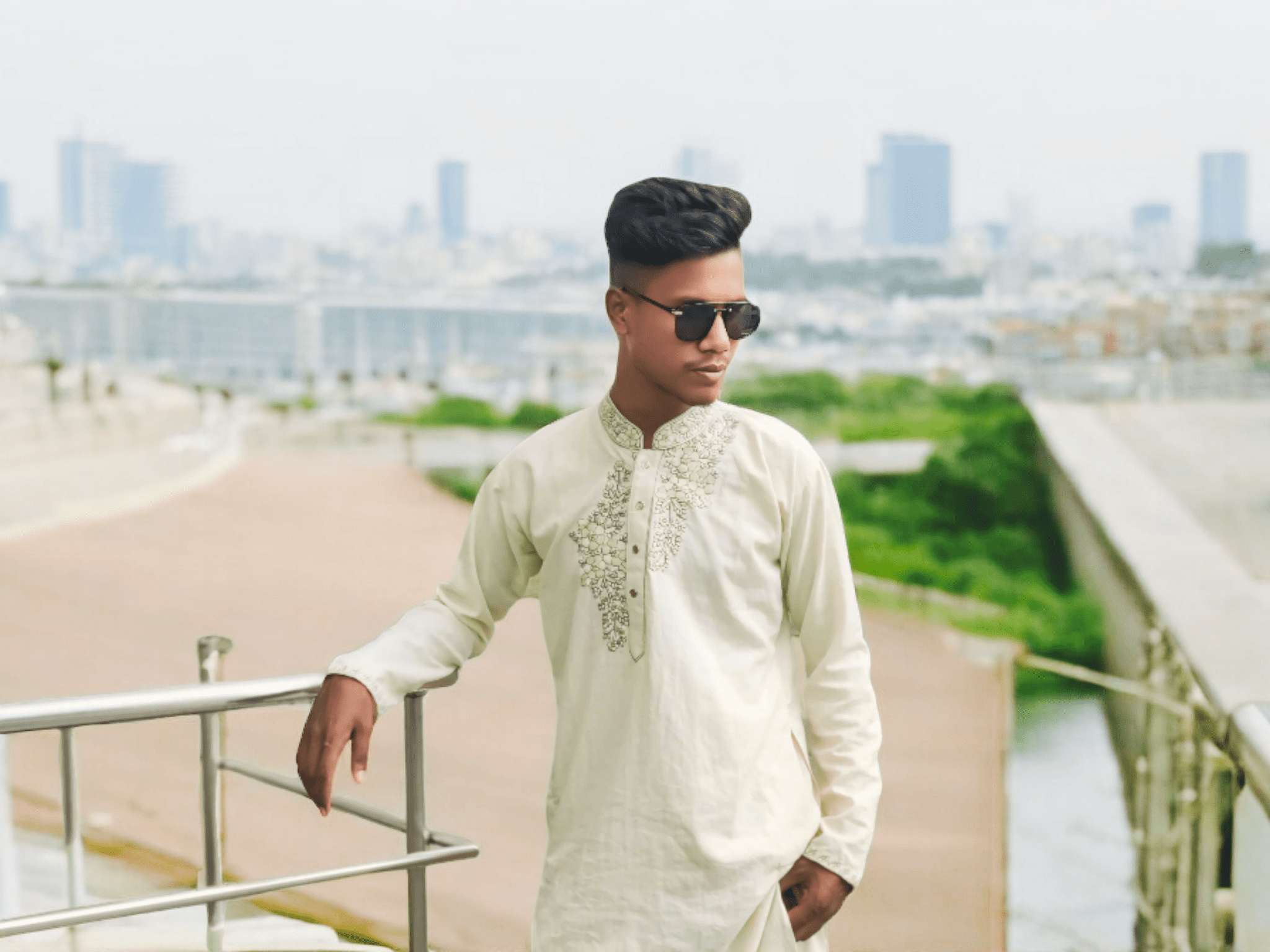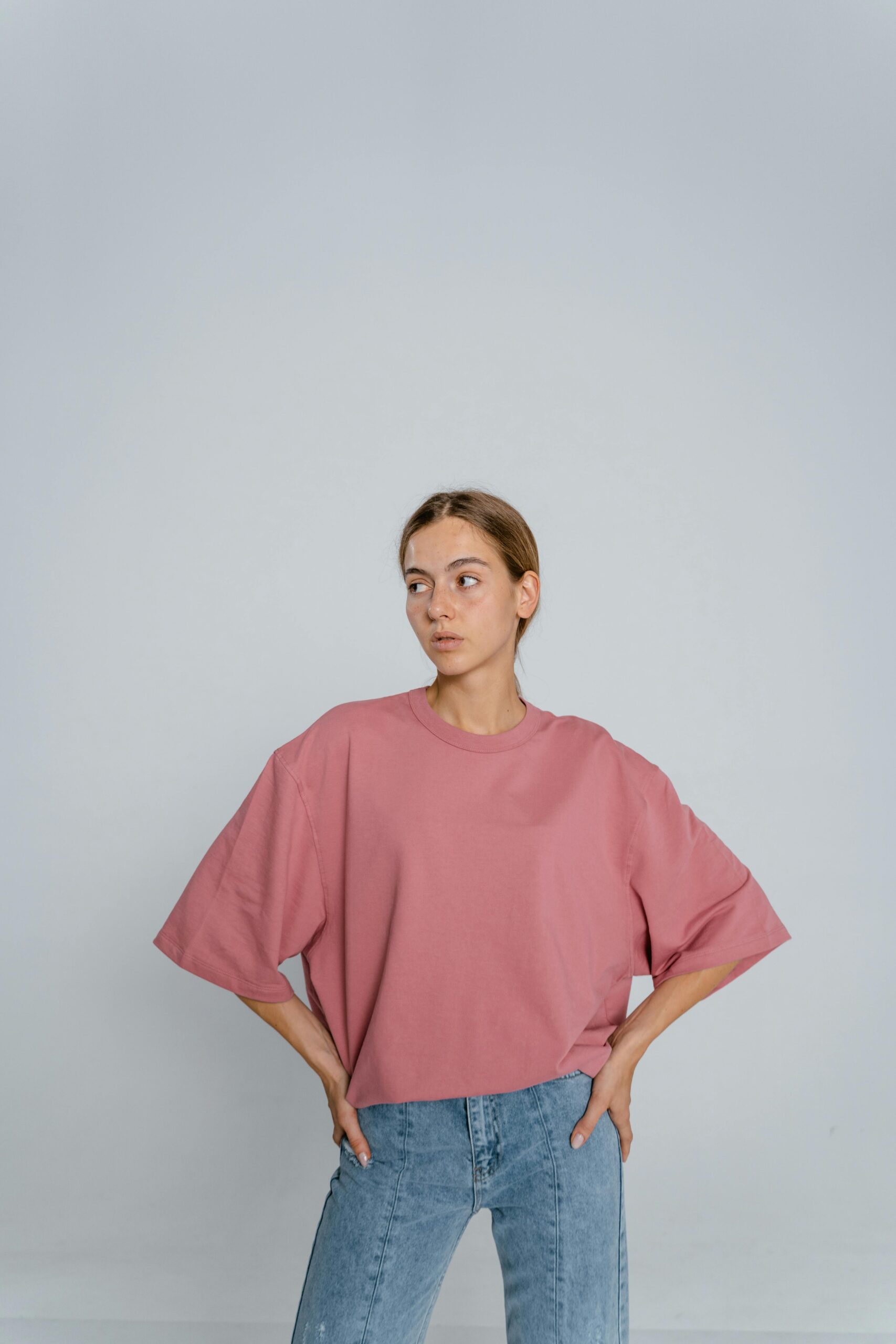Your cart is currently empty!

Glam Rock Men’s Fashion, often seen as a reflection of cultural shifts, has always been an evolving expression of individuality, rebellion, and identity. One of the most striking periods of fashion history that encapsulates all these themes is the Glam Rock era of the early 1970s. Emerging out of the United Kingdom, Glam Rock, also known simply as “Glam,” was more than a musical revolution—it was a visual and cultural phenomenon. At the center of this movement was men’s fashion, which, for the first time in mainstream Western culture, blurred the boundaries between traditionally masculine and feminine styles. The adoption of flamboyant costumes, makeup, glitter, and androgyny helped to dismantle rigid gender norms and open the door for modern fashion’s fluidity. This essay explores the key elements, cultural impact, and legacy of glam rock men’s fashion, tracing how it revolutionized style and influenced contemporary aesthetics.
Origins of Glam Rock Fashion

The Glam Rock movement emerged in the early 1970s, during a time when the rigid social and cultural norms of the 1950s and 60s were being increasingly challenged by countercultural forces. This period, which saw movements for civil rights, feminism, and LGBTQ+ liberation, laid fertile ground for the rise of glam fashion, which intentionally subverted traditional gender roles and societal expectations.
The music of Glam Rock, with figures like David Bowie, Marc Bolan, and T. Rex leading the charge, was energetic, theatrical, and often surreal. Theatricality became not just a part of the music but a central feature of the performers’ personas, which extended to their clothing. Whereas rock music in the late 1960s was dominated by the rough, rugged looks of bands like The Rolling Stones and Led Zeppelin, Glam Rock’s pioneers were not afraid to embrace a more fantastical and excessive sense of style. In this era, men’s fashion embraced sparkle, flamboyance, and a keen disregard for traditional gender norms, creating a vibrant cultural shift.
Key Elements of Glam Rock Men’s Fashion
Androgyny and Gender Fluidity
One of the most revolutionary aspects of glam rock fashion was its embrace of androgyny. Glam rockers blurred the lines between masculine and feminine, embodying a look that defied the traditional notions of gender-specific clothing. This was a direct challenge to the binary conceptions of male and female fashion that had long dominated Western culture. The androgynous aesthetic of glam rock included tight-fitting jumpsuits, platform boots, bold makeup, and flamboyant hairstyles—styles that were previously associated with femininity but were proudly adopted by male performers.
David Bowie’s Ziggy Stardust persona is perhaps the most iconic example of this gender-fluid expression. With fiery red hair, glittering eye makeup, and skin-tight metallic bodysuits, Bowie’s image directly affronted the hyper-masculine rock stars of the previous decade. Bowie’s androgyny was not just a fashion statement; it was a declaration of personal freedom, a rejection of rigid gender binaries, and an embrace of the idea that identity could be fluid and multifaceted.
Bright Colors and Bold Patterns
While the muted tones of the hippie movement were still present in some corners of the fashion world, glam rock men’s fashion was all about standing out. Bright, neon colors, often combined with metallic fabrics, were central to the glam aesthetic. Men dressed in electric blues, vivid pinks, and bold purples—colors that, before this era, were typically associated with women’s clothing. The idea was to be as eye-catching and daring as possible, and using these bright colors allowed men to break free from the constraints of more conventional masculine attire.
Patterns were equally daring, with leopard prints, stars, polka dots, and stripes all making frequent appearances. These patterns were often combined in ways that might seem clashing or chaotic, but that was part of the charm. The intention was not to blend in but to shock, inspire, and provoke with each sartorial choice.
Glitter and Sparkle
The signature element of glam rock fashion was undoubtedly glitter. The application of glitter wasn’t restricted to accessories or makeup but extended across the entire wardrobe. Glitter was sprinkled on boots, embedded in jumpsuits, and applied liberally to the face. Men used glitter to signal their rejection of drab, everyday fashion, embracing the fantastical and ethereal in their everyday lives.
Marc Bolan, the frontman of T. Rex, was known for his shimmering, sequined outfits and glitter-adorned face. His image helped to solidify glitter as the de facto visual language of glam rock, influencing both men and women in the music scene and beyond. Glitter became a symbol of rebellion, a way for men to assert their individuality and willingness to embrace the unconventional.
Platform Boots and High Heels
Footwear was a crucial part of glam rock men’s fashion, and no item was more iconic than the platform boot. These towering shoes, often adorned with sparkles or metallic finishes, were worn by both men and women in the glam rock scene. For men, platform boots were a direct challenge to the gendered expectations of footwear, which dictated that men’s shoes should be practical, simple, and, above all, not too ostentatious.
Platforms allowed men to gain literal height, giving them a larger-than-life presence on stage. More importantly, they allowed them to embrace a sense of flamboyance that had previously been denied to them in mainstream fashion. In some cases, platform boots were replaced by high heels, another item traditionally associated with women’s fashion, further pushing the boundaries of gendered clothing.
Jumpsuits and Bodysuits

Skin-tight jumpsuits, often made of metallic or glittering fabrics, were a staple of glam rock men’s fashion. These garments were often form-fitting, emphasizing the body in ways that were considered provocative, especially for male performers. Jumpsuits came in a wide variety of styles, ranging from simple, solid-colored pieces to intricate, patterned designs with dramatic cutouts.
David Bowie’s famous “Starman” jumpsuit, with its blue and red lightning bolt design, became one of the most iconic pieces of clothing in glam rock history. Jumpsuits were not just practical for performers—they allowed for freedom of movement on stage—but they also embodied the futuristic, space-age aesthetic that was a key part of the glam rock ethos.
Makeup and Hairstyles
Makeup, which had long been associated with femininity in Western culture, was another essential part of glam rock men’s fashion. Men in the glam scene wore eyeliner, eye shadow, lipstick, and face paint, often in bold and theatrical styles. Glittery or metallic makeup was especially popular, and some men took their makeup to surreal levels, painting their faces in elaborate designs or adopting alien-like appearances.
David Bowie’s Ziggy Stardust makeup, with its lightning bolt painted across his face, is perhaps the most famous example. However, many other glam rockers, such as Gary Glitter and Brian Eno, also embraced heavy makeup as part of their stage personas. The use of makeup by men in glam rock was a powerful rejection of the societal belief that makeup was inherently feminine. It also allowed for a kind of performative masculinity that was expressive, artistic, and fluid.
Hairstyles were equally bold, with glam rockers often sporting long, voluminous hair or brightly dyed styles. Many men in the scene adopted elaborate hairstyles that defied conventional notions of masculinity. The “big hair” look, characterized by teased, voluminous locks, was a staple of the genre, and many performers also embraced wigs and hair extensions to achieve even more dramatic effects.
Cultural Impact and Significance
The cultural significance of glam rock men’s fashion extends far beyond the music scene of the 1970s. It represented a profound challenge to the established norms of gender and sexuality, opening up new possibilities for self-expression and identity. The androgyny and flamboyance of glam rock fashion were a direct affront to the conservative, patriarchal ideals of masculinity that had long dominated Western culture. By embracing glitter, makeup, and extravagant costumes, glam rockers redefined what it meant to be a man in popular culture.
Glam rock fashion also had a strong connection to the LGBTQ+ community. Many glam rock icons, such as David Bowie, openly discussed their fluid sexual identities, and the movement’s embrace of androgyny resonated with those who felt marginalized by mainstream society. The unapologetic self-expression of glam rock men’s fashion became a form of liberation for those who had long been constrained by rigid gender roles.
In addition to its significance in challenging gender norms, glam rock men’s fashion also played a major role in shaping the visual aesthetics of the music industry. The theatricality and spectacle of glam rock performances, which were deeply tied to the fashion choices of the performers, helped to set the stage for future developments in music and performance art. The visual aspects of glam rock influenced later genres such as punk, new wave, and even pop music, with artists like Madonna, Prince, and Lady Gaga all drawing on elements of glam fashion in their own work.
Legacy and Influence on Modern Fashion

The influence of glam rock men’s fashion can still be seen in contemporary fashion. The rise of androgynous and gender-fluid clothing in the 21st century owes a great deal to the groundwork laid by glam rock in the 1970s. Today, it is not uncommon to see men wearing makeup, glitter, and bold, colorful clothing in both high fashion and everyday streetwear.
Fashion designers continue to draw inspiration from the glam rock aesthetic, with metallic fabrics, bold patterns, and gender-neutral silhouettes making frequent appearances on runways. The influence of David Bowie, in particular, is still felt in the world of fashion, with many designers citing him.

Assalamu Alaikum.. I am Mohammad Sojib I have been working in fashion for a long time I am in US and UK and I write about this topic in many places. I have been working and working on this topic for a long time
And I am a blogger I have been blogging about fashion for a long time in different places.








Leave a Reply